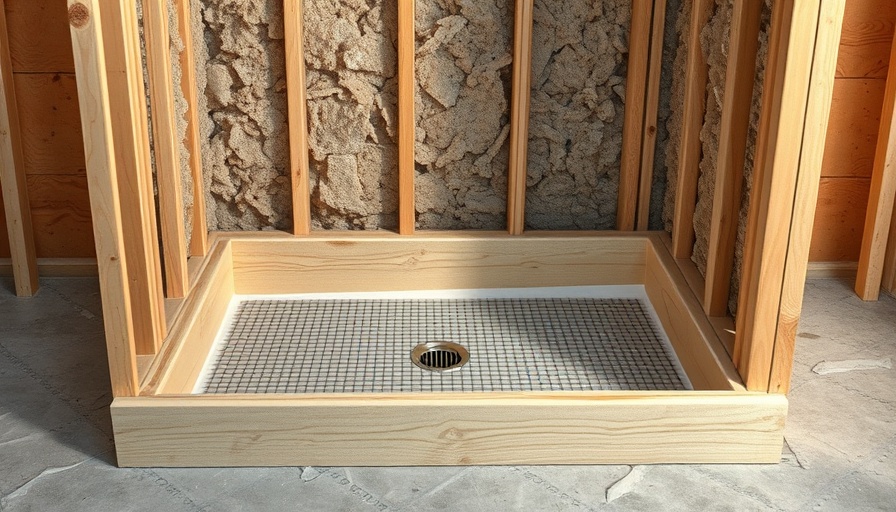
Your Guide to Crafting a Custom Shower Pan
When it comes to creating a personalized space in your home, few projects are as rewarding—and practical—as building your own shower pan. While many homeowners opt for factory-made solutions, crafting a custom shower pan allows you to tailor it to your specific dimensions, aesthetic, and functional needs.
Understanding the Basics of Shower Pans
At its core, a shower pan is the base of your shower, designed to trap water and direct it toward the drainage system. Traditional methods often include a sloped mortar base, which not only provides vital water resistance but also contributes to the elegant look of tiled shower floors. By building an original shower pan, you can elevate your bathroom’s design while ensuring effective water management.
Setting Up for Success: Tools and Materials
No significant home improvement project comes without a specific set of tools. When building your shower pan, ensure you have the following materials ready: mortar, tar paper, a circular saw, and a variety of other essential items like silicone sealant and tile spacers. This selection ensures that you're well-equipped to produce a durable and aesthetically pleasing product.
Steps to Crafting Your Shower Pan
Begin by accurately measuring the area where you'd like to install the shower. Cut the 2x6-inch boards as necessary, ensuring to include space for the curb—your entrance to the shower. After laying the boards, apply tar paper over the subfloor to protect from moisture. For added effectiveness, the tar paper should overlap and be securely fastened to maintain integrity.
Finishing Touches: Waterproofing and Tiling
After completing the framing, install a waterproof liner to further protect your subfloor. Above this should be another layer of mortar, ultimately topped with tiles of your choice. Each piece of tile should be secured in place with thinset, providing a beautiful finish that’s also resilient against water damage.
Take Action: Embrace Your Creativity!
The satisfaction gained from creating something special in your home cannot be overstated. By constructing a custom shower pan, not only are you enhancing your bathroom, but you're also learning valuable DIY skills that can be applied throughout your home renovation journey. Dive into the world of home improvement with confidence—it’s your space, after all!
 Add Row
Add Row  Add
Add 




Write A Comment